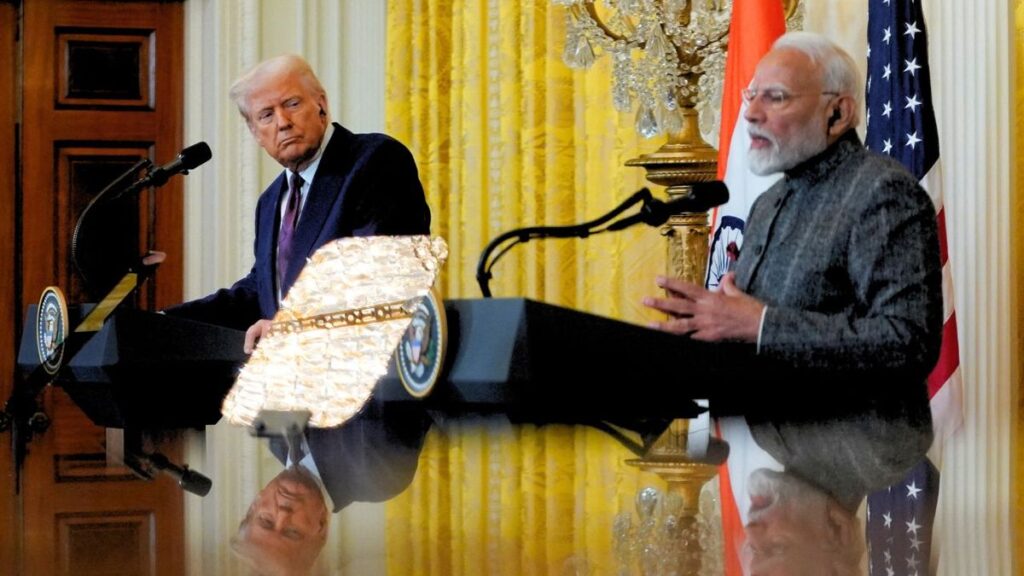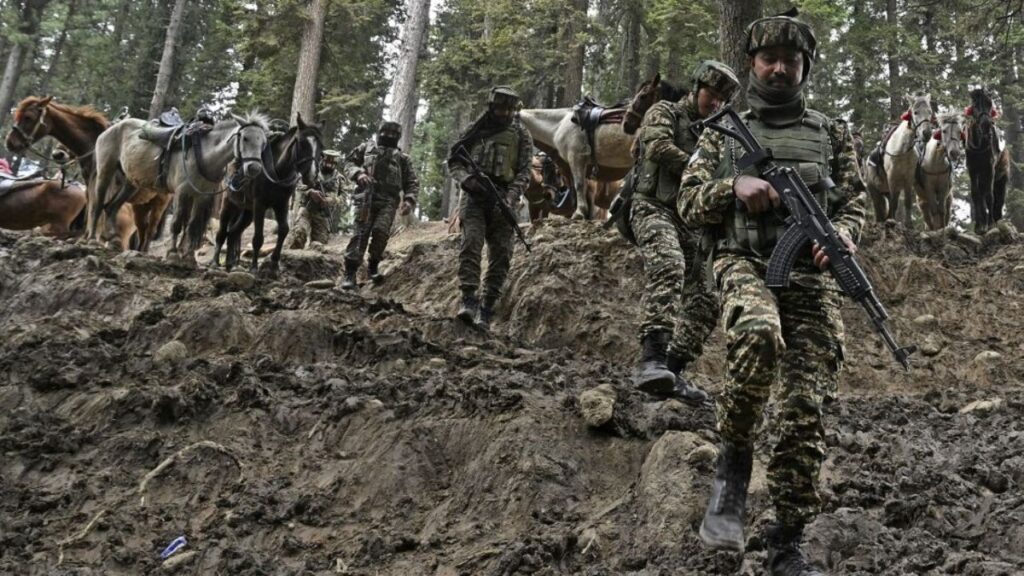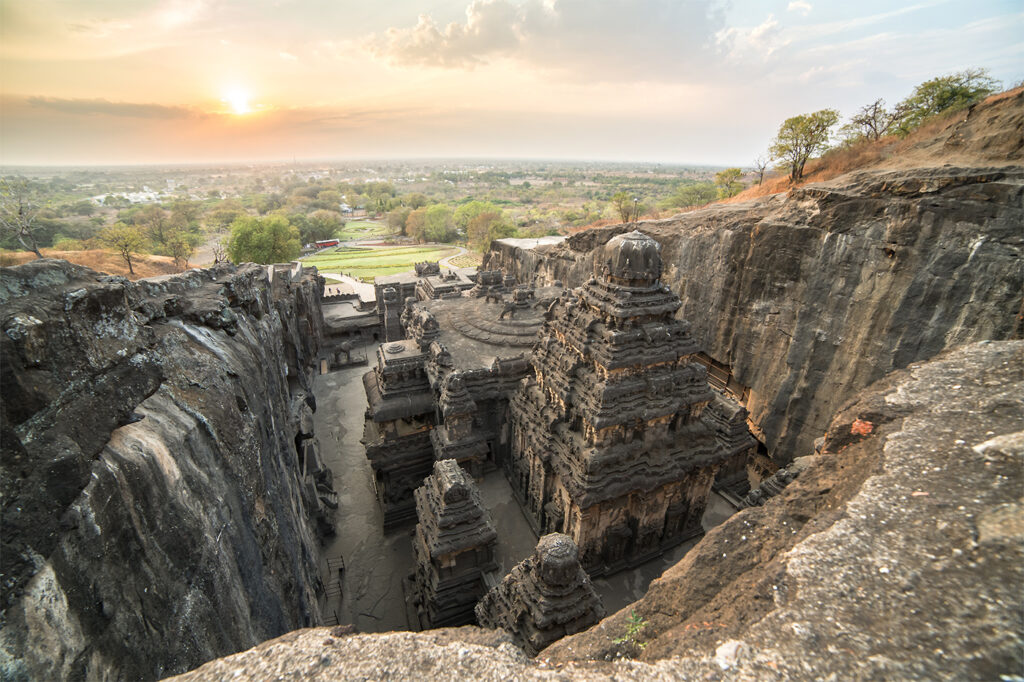
Could they cost PM Modi his next term?
Whatever US President Donald Trump may think about India, he’s got one thing right, it is the “tariff king.” India’s tariff rates are among the highest in the world, and Trump has called the South-Asian nation out on multiple occasions.
“India charges us 100 per cent tariffs; the system is not fair to the US, it never was,” Trump said in an address to the Joint Session of the US Congress.
His administration’s latest trade report backs him up. The Office of the United States Trade Representative listed India’s high tariffs, including a 50 per cent duty on apples (compared to the US, which has no tariffs on apples). India also levies 50 per cent tariffs on corn and motorcycles and 100 per cent tariffs on coffee, raisins, and walnuts.
So, on April 2, Trump hit back with a 26 per cent reciprocal tariff on India. But forget why India has such high tariffs (that’s another article in itself); the real question is: how much is this going to cost Prime Minister Narendra Modi?
A blow to Atmanirbhar Bharat
Trump’s tariffs will be a direct blow to Modi’s Atmanirbhar Bharat Abhiyaan, or “self-reliant India” campaign, which has been a core policy since 2020.
Since taking office in 2014, Modi has gradually hiked tariffs to push domestic manufacturing. His government has also rolled out production-linked incentives (PLIs) to attract foreign manufacturers to India by offering them rewards for increasing local production.
The official reason for India’s high tariffs? Protecting local industries. These same industries, backed by big businessmen who benefit from these tariffs, are a major source of support (and funding) for the Indian government.
Indian agriculture to a big hit
US Commerce Secretary Howard Lutnick asked, “Why won’t India buy even a single bushel of American corn?”
Lutnick wanted India to open up its agricultural sector, accusing India of blocking US farmers. But, while India could minimise tariffs on industrial goods, agriculture is a whole different topic.
Every time the government tries to sign a deal to allow dairy imports, it gets shut down because of the argument that it would drive millions of small farmers into ruin.
The same logic applies to other agricultural products. If India lets in cheap American imports, its farmers will take the brunt, and that’s politically not good for Modi, who has already had to backtrack on farm laws after mass protests.
Also read: Want to avoid Trump’s reciprocal tariffs? Trump himself has a ‘simple’ solution for world leaders
So, what can Modi do?
The Indian government tried to soften Trump’s stance ahead of PM Modi’s Washington visit in February by lowering India’s highest tariffs (100-150 per cent) on some items, including bourbon whisky.
Motorcycle import taxes also dropped from 50 per cent to 30 per cent, bringing India’s average tariff rate down from 11.5 per cent to 10.6 per cent. This did help a bit: both sides agreed to finalise the first phase of a trade deal by autumn and boost trade to $500 billion by 2030 (from $210 billion in 2024).
India also promised to buy more American oil, gas, and arms to reduce its trade surplus with the US. These moves keep talks alive and buy time.
Commerce Minister Piyush Goyal even flew to Washington to offer further tariff cuts covering 55 per cent of US exports. India also scrapped a 6 per cent tax on digital ads (a win for American tech giants), and Jio and Bharti Airtel struck deals to bring Elon Musk’s Starlink satellite internet service to India.
But was that enough for Trump? No. India still landed on his latest tariff retaliation list.
Can Modi meet Trump’s demands?
If PM Modi backs down too much, he could anger some of his strongest support groups—farmers and big business. Farmers are already cautious of Modi’s policies, and businesses, who have long been protected from foreign competition for far too long, won’t exactly be beaming with joy if tariffs drop too low.
Aside from that, Trump’s tariffs could also hurt Indian exports. Goldman Sachs estimates that Trump’s tariffs could cause a 0.6 per cent drop in India’s GDP growth.
That might not seem like a lot right now, but a prolonged trade war could put a serious dent in PM Modi’s vision for ‘Amrit Kaal.’
(Disclaimer: The views of the writer do not represent the views of WION or ZMCL. Nor does WION or ZMCL endorse the views of the writer.)





Responses